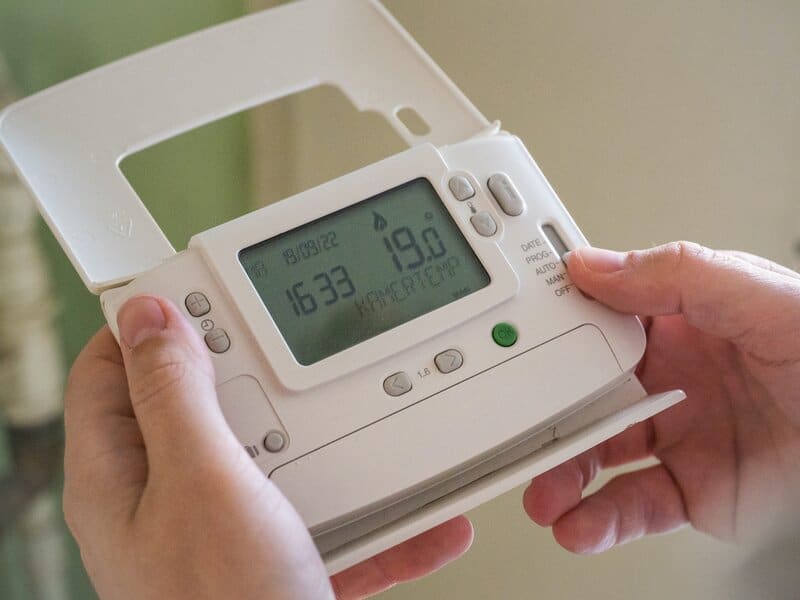Common Thermostat issues you must know
The thermostat is the brain of your HVAC system. It is one of the most important components which triggers and regulates the climate control process in your home. It controls when the system turns on, how cool/hot the system makes your home, and how long the system runs.
Without a properly functioning thermostat, your HVAC system would be useless. However, like any other component, the thermostat can also malfunction and cause several issues with the way your HVAC system performs. Here are some of the most common thermostat issues that you should be aware of:
The thermostat doesn’t reach the desired temperature.
When the weather is too cold or hot, and the room temperature shown on the thermostat cannot reach what it is set to be, it can be very frustrating. There are various issues that can cause this. A build-up of dirt or grime can cause temperature inconsistencies. If the thermostat was not installed correctly in the first place, it too could cause discrepancies.
Temperature discrepancies can also be due to the broken or damaged sensor, which can cause the temperature reading that is lower or higher than what you set the thermostat to. Fixing a sensor is tricky, and, in most cases, replacing the thermostat is the only option. If the thermostat is placed in a bad location, it will obviously not be able to regulate the temperature correctly. Make sure it is not exposed to direct heat, sunlight, or cold drafts.
Continuous running or short cycling
The thermostat signals the air conditioner or furnace to switch off when it has reached the desired temperature. In case your HVAC system keeps on running, it could be due to a faulty thermostat. When the thermostat is not sitting level or is dirty inside, it can cause short cycling. A poorly calibrated anticipator can also cause short cycling or continuous running. You can check the difference between the actual room temperature and the temperature set on the thermostat. If there is a significant difference, you might have to replace your thermostat.
The thermostat doesn’t allow you to change the temperature.
There are several reasons why your thermostat will not change temperature. It could be as simple as the thermostat being locked or in auto mode. Most digital thermostats have a lock feature to prevent others from changing their temperature.
Check if this feature is enabled, and if yes, turn it off to make changes. Depending on the model, you might not be able to change the temperature in the auto mode, so change the mode before trying to change the temperature. It could also happen if the thermostat is not getting any power due to a poor connection, dead batteries, or a blown fuse. Loose wires are also a common reason why the thermostat won’t let you change the temperature.
The thermostat is old or broken.
Thermostats are hardy devices that can last for years. However, like any other piece of equipment, they too become old, worn-out, damaged, and may need to be replaced. If your thermostat is old and still uses mercury, chances are that it would not be as efficient as the newer models. It is best to replace your old thermostat with a digital model. By investing in a programmable thermostat, you can improve the efficiency of your HVAC system and save money on energy bills.
If you’re experiencing common thermostat issues like inaccurate temperature readings or malfunctioning controls, it’s important to address them promptly to ensure optimal comfort in your home. Ignoring these issues can lead to higher energy bills and potential damage to your HVAC system.
If you need help with diagnosing common thermostat issues, or any other component of your HVAC system, get in touch with our team now.





